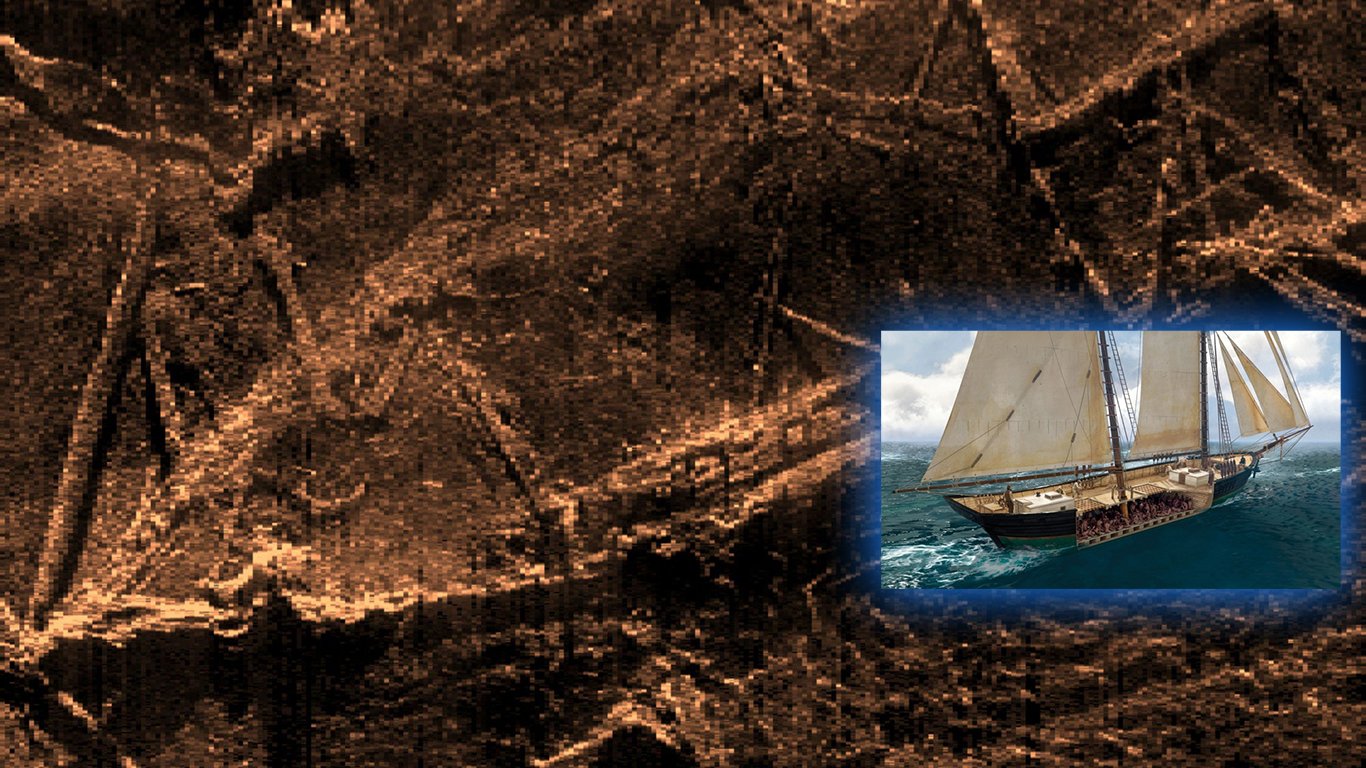Researchers studying Clotilda, the last known slave ship to reach America in 1860, have discovered most of the ship is still intact – down to an unventilated pen for captives.
Two-thirds of the ship remain protected by freshwater and mud in a river near Mobile, Alabama, including the entire lower deck where 108 enslaved Africans were kept.
“This is the most intact slave ship known to exist in the archeological record anywhere,” James Delgado, a maritime archaeologist who leads research on the Clotilda for SEARCH Inc., told National Geographic.
Clotilda’s cargo hold became a hellish dungeon for 108 African captives brought to Alabama in 1860, more than 50 years after importing enslaved people was made illegal. The ship’s captain set the schooner ablaze to cover his tracks, but much of the vessel’s wooden hull survived.
JASON TREAT AND KELSEY NOWAKOWSKI, NG STAFF. ART: THOM TENERY
Researchers believe human DNA and other remains that may be found in the hull could help reveal descendants of the captives who later formed their own town, Africatown, after the Civil War.
William Foster, a wealthy businessman, secretly imported Africans to Alabama nearly half a century after the slave trade was outlawed. He tried to hide the evidence by burning and sinking the ship once the slaves were taken ashore. After a failed attempt, most of the vessel remains in the Mobile River.
“I am anxious to see what they can bring up and what they can preserve,” Davis said in a New York Times article. “Finding the ship brought us closure. With it being intact, it’s just mind-blowing.”
In November, the ship was added to the National Register of Historic Places. Some suggest the ship should be pulled out of the mud to be put on display, but it is not that easy, Delgado said.
“Generally, raising is a very expensive proposition. My sense is that while it has survived, it is more fragile than people think,” Delgado said. “A recovery could be a very delicate operation and also a very expensive and lengthy process.”
NAOMI LUDLOW | USA TODAY
Contributing: The Associated Press









